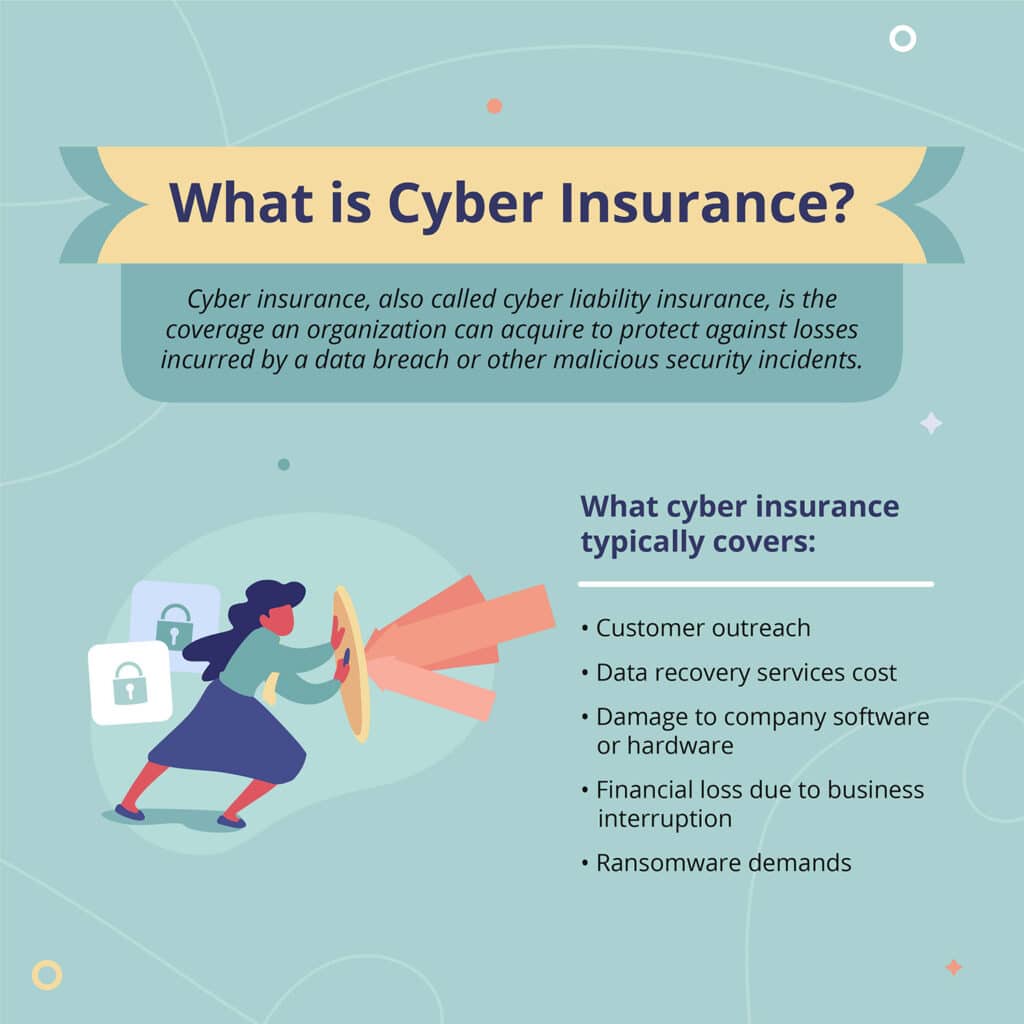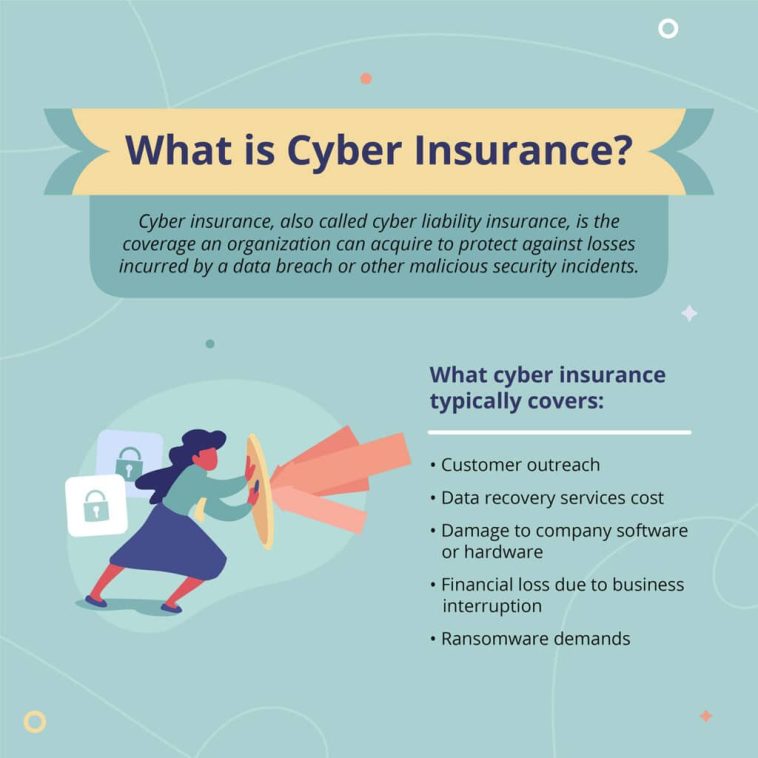
Cloud-Based Manufacturing Solutions: A Game Changer in the EV Industry
In today’s rapidly evolving industrial landscape, manufacturers are having to figure a path through tricky parts of designing, producing, and launching new products. Electric vehicle startups, in particular, face a unique mix of challenges as they balance speed, cost, and cybersecurity. With the manufacturing world increasingly embracing cloud-based tools, companies like Workhorse are using innovative platforms to overcome tangled issues and push projects from concept to production in record time.
The experience of Workhorse’s CIO, Jeff Mowry, highlights a modern reality—outsourcing essential tools can free up resources and allow companies to focus on the big picture. By using Siemens Digital Industries Software’s NX and Teamcenter X suites, Workhorse has carved out a competitive edge that lets them move quickly while also addressing the intimidating twists and turns of cybersecurity and data management. In this editorial, we take a closer look at how cloud adoption shapes modern manufacturing, especially for small and nimble electric vehicle makers.
Accelerated Product Development with Cloud Deployment
Getting a new product to market in record time is super important for small EV companies. Workhorse’s successful launch of the W56 work truck in only 22 months demonstrates that cloud-based deployment of design and engineering platforms can be critical in today’s high-speed markets. This approach eliminates the need for heavy infrastructure investments, such as on-prem servers, and empowers teams to concentrate on product innovation rather than on managing IT hardware.
Benefits of Outsourcing IT Infrastructure
When a company opts to use cloud-hosted solutions like Siemens NX and Teamcenter X, the advantages extend beyond just reduced hardware costs. Here are some key benefits:
- Rapid Deployment: Cloud solutions allow teams to get the software up and running in a matter of months instead of years.
- Cost Efficiency: Eliminating the need for purchasing and maintaining servers means that capital can be redirected to core business activities.
- Enhanced Focus on Core Competencies: Outsourcing complex IT support gives internal teams the freedom to work on the application layer and product innovation.
- Managed Cybersecurity: With vendors responsible for keeping systems patched, the internal teams can focus on product performance rather than worrying about technical security details.
These benefits explain why many in the automotive and industrial sectors are increasingly outsourcing their digital transformation needs to trusted vendors.
Cybersecurity and Trust: Managing Nerve-Racking Challenges
The leap to cloud solutions comes with its own set of nerve-racking twists and turns, especially regarding cybersecurity. Companies that rely on third-party platforms must trust that their vendor can protect their intellectual property (IP) effectively. For small startups like Workhorse, whose internal IT teams are lean, partnering with a vendor like Siemens means accessing advanced security tools that might otherwise be beyond their reach.
Evaluating Third-Party Cybersecurity Measures
Before committing to any cloud-based service, it’s super important to get into a thorough evaluation of the vendor’s cybersecurity roadmap and certifications. This means looking at:
- Security Certifications: Ensuring the vendor holds current and relevant security certifications that guarantee compliance with industry standards.
- Patch Management: Verifying that security patches and updates are applied promptly to keep systems secure.
- Multifactor Authentication (MFA): Checking that necessary protective measures are in place to prevent unauthorized access.
- Incident Response: Understanding the vendor’s plan in the event of a cybersecurity breach and who handles the fallout.
Jeff Mowry of Workhorse recounts a detailed review process conducted alongside Siemens’ Chief Information Security Officer (CISO). This process involved poking around for the fine details and ensuring that the vendor was fully capable of protecting sensitive design data and trade secrets. For small EV companies, making the decision to outsource must include this security analysis to mitigate any potential risks.
Speed versus Security: Striking the Right Balance
Achieving a swift turnaround on product development while also keeping an eye on security can be like trying to solve a puzzle with confusing bits. For Workhorse, the need for rapid market entry meant that they couldn’t afford to be bogged down by on-premise IT challenges. By embracing a cloud-based approach, they not only sped up development but also turned a potentially overwhelming endeavor into a more manageable process.
Key Tradeoffs in Cloud Adoption
Adopting cloud services involves balancing between speed, cost, and security. Consider the following tradeoffs:
| Aspect | Benefits | Potential Concerns |
|---|---|---|
| Speed | Rapid deployment, faster product-to-market timelines | Risk of missing fine shades in customization |
| Cost | Reduction in capital expenditure on IT infrastructure | Ongoing subscription fees over the long term |
| Cybersecurity | Access to advanced security measures unavailable on-premises | Relinquishing direct control may feel nerve-racking |
| IT Staffing | Frees up internal teams to focus on core business tasks | Potential dependency on the vendor for critical operations |
This table illustrates that while outsourcing can free up a company’s internal resources, it does come with its own set of challenges that must be managed through careful partnership and thorough evaluation of the vendor’s capabilities.
Maintaining a Lean IT Team: The Strategic Edge for Small Manufacturers
For emerging EV companies, every team member’s time is valuable. Instead of having a large IT staff devoted to managing servers and security protocols, companies like Workhorse benefit from relying on the expertise of their cloud service provider. This gives companies a strategic edge as they can channel their human resources towards refining product design and improving manufacturing processes.
Benefits of a Lean IT Structure
By offloading the management of critical digital infrastructure to a dedicated vendor, companies can enjoy several key advantages:
- Focus on Product Innovation: Internal teams can concentrate on exploring new design ideas and improving vehicle performance.
- Enhanced Agility: Lean teams can make decisions faster without getting bogged down by the administrative overhead of IT management.
- Resource Optimization: Funds saved from not building out an extensive IT department can be reinvested into research, development, and marketing efforts.
- Reduced Downtime: Expert management of the platform means fewer disruptions and more consistent performance.
This lean approach is especially important in a competitive market where time-to-market can be the difference between success and obsolescence. By trusting the vendor to deal with the intimidating technical bits, companies are better positioned to innovate and adapt quickly to market demands.
Third-Party Integration: The Hidden Complexities of Software Ecosystems
Integrating a cloud-based platform into a company’s existing workflows isn’t always a smooth ride. While the advantages are many, there are also some little details and hidden complexities that need careful consideration. Outsourcing means that not only does the vendor manage the software, but they could also interact with your broader system ecosystem by linking with third-party suppliers or contractors.
Ensuring a Secure and Seamless Integration
Manufacturers must pore over the fine points of any integration plan to ensure that multiple teams and external partners work in sync. Here are some strategies to tackle the challenging bits:
- Regular Security Audits: Conduct periodic reviews for any third-party access to ensure that no weak spots develop over time.
- Clear Access Protocols: Establish strict guidelines regarding who can access the system and what permissions are granted.
- Comprehensive Documentation: Document every detail of the integration process to help troubleshoot potential obstacles down the line.
- Vendor Accountability: Ensure that the vendor’s responsibilities around cybersecurity and system maintenance are explicitly defined in the contract.
- Risk Sharing: Understand which party bears the risk in the event of an incident. For instance, while Siemens assumes responsibility for cybersecurity, companies like Workhorse remain responsible for material incident disclosure under SEC rules.
By addressing these subtle parts head-on, manufacturers can create a smoother pathway for digital transformation that minimizes surprises and maximizes performance.
Balancing Cost and Value in Digital Transformation
The move to cloud-based software isn’t just about cutting down on initial capital outlays—it’s also about deriving long-term value from your IT investments. For emerging EV manufacturers, every dollar counts, and spending that money wisely can have a dramatic impact on a company’s competitive position.
Understanding the Full Value of Cloud Deployment
Cost management in the digital age involves weighing up both immediate savings and long-term strategic value. Here are some cost-related aspects that are super important for small manufacturers:
- Capital Expenditure vs. Operational Expenditure: Avoiding major initial investments in hardware and IT infrastructure allows for more flexible budgeting.
- Maintenance and Upgrades: Cloud vendors are responsible for ongoing maintenance, freeing your team from the nerve-wracking task of constant upkeep.
- Scalability: As production scales, cloud solutions easily adjust to increased workloads, which is crucial in dynamic markets like EV manufacturing.
- Indirect Cost Savings: A leaner IT staff means that funds can be directed towards R&D, marketing, and other areas that drive revenue growth.
This practical approach to cost management underscores the idea that outsourcing can be a must-have strategy for companies needing to remain agile and competitive with limited resources.
Innovative Strategies for Digital Manufacturing: Lessons Learned
The manufacturing world is continuously evolving, and companies must keep pace with innovative strategies to stay ahead. The experience shared by Workhorse’s leadership offers several key lessons for the industry:
- Embrace Change Quickly: Digital tools allow companies to work through the twists and turns of product development in a fraction of the time required by traditional methods.
- Trust Expert Vendors: Partnering with highly experienced vendors can relieve the nervous tension of managing in-house IT systems, especially when it comes to cybersecurity.
- Maintain a Focus on Core Competencies: Outsourcing IT infrastructure enables companies to invest more time in refining product design and improving operational efficiency.
- Plan for Future Growth: Cloud-based systems not only meet present needs but also offer the scalability required for future expansion.
When manufacturers successfully harness these strategies, they can overcome the sometimes overwhelming challenges that come with digital transformation and position themselves as innovators in their field.
Looking Ahead: The Future of Automotive Manufacturing
The rapid pace of technological change is reshaping every facet of the automotive industry, from design to production. With electric vehicles at the forefront of this change, manufacturers are increasingly relying on digital transformation strategies that allow them to get into new markets quickly while managing security, cost, and integration hurdles.
Trends Shaping the Future
As we take a closer look at emerging trends, several key factors are super important in determining how the landscape will evolve:
- Rise of Artificial Intelligence and Machine Learning: These tools are set to further streamline design processes through predictive analytics, reducing the time spent on the trial-and-error phases.
- Enhanced Connectivity with 5G: Faster network speeds will make it easier for cloud systems to communicate with on-site manufacturing equipment, improving both speed and reliability.
- Increased Use of Digital Twins: Creating digital replicas of physical assets can help manufacturers quickly identify and address issues, optimizing production lines for efficiency.
- Further Integration of IoT Platforms: Industrial IoT is set to play a super important role in ensuring that the data generated on the shop floor feeds seamlessly into the design and management systems used in the cloud.
These trends underscore a future where the lines between physical manufacturing and digital management are increasingly blurred, offering both challenges and exciting new opportunities. Manufacturers will need to work through subtle details and sort out the tangled issues that accompany such rapid evolution.
Overcoming the Nerve-Racking Concerns of Outsourced Software Management
While outsourcing cloud-based platforms has many undeniable benefits, it also comes with concerns that can leave company leaders feeling a bit on edge. Jeff Mowry’s experience offers insight into managing these nerve-wracking concerns by carefully weighing the pros and cons of relying on third-party solutions.
Building a Strong Partnership with Your Vendor
To ensure the success of an outsourced platform, manufacturers should focus on building strong, transparent partnerships with their vendors. Here are a few strategies to find your way through this process:
- Establish Clear Roles and Responsibilities: Outline who is responsible for what, particularly in the case of cybersecurity incidents. Although vendors like Siemens bear significant responsibility, companies must also be aware of their own obligations, such as compliance with material disclosure rules.
- Maintain Open Communication: Regular updates and direct lines of communication with the vendor can help quickly resolve any issues that arise.
- Continuous Monitoring: Adopt a routine of checking the system’s performance and security, ensuring that both parties remain vigilant against any threats.
- Review and Update Contracts: As technology evolves, so should the agreements between manufacturers and vendors. This ensures that the contract remains relevant and effective in addressing new types of challenges.
By taking these steps, manufacturers can confidently manage outsourced systems knowing that while there are some complicated pieces to address, robust planning and trusted partners can significantly reduce risks.
Drawing Insights for Small and Medium Enterprises in Manufacturing
Not only do leaders in the automotive and electric vehicle sectors stand to gain from cloud-based platforms, but small and medium-sized enterprises (SMEs) in related industries can also take away valuable lessons. The shift to digital transformation is a universal trend that offers many insights into how companies can adapt in a competitive landscape.
Key Takeaways for SMEs
SMEs looking to adopt similar strategies can get into a few practical steps:
- Start Small: Experiment with cloud solutions on a pilot basis to understand how they can be integrated with existing workflows.
- Focus on Core Business Strengths: Avoid distracting internal teams with the overwhelming task of managing IT infrastructure, and let expert vendors handle those responsibilities.
- Customize Your Approach: Recognize that every business is different. Figure a path that is tailor-made to your product needs, operational scale, and growth aspirations.
- Invest in Cybersecurity Training: Even if external vendors manage the heavy lifting of cybersecurity, a basic understanding among internal teams is useful for spotting potential issues early on.
- Plan for Flexibility: Market conditions change and your digital strategy should be nimble enough to pivot if needed.
SMEs that take these proactive steps will not only safeguard their operations but also set the stage for sustainable growth through continuous innovation.
Synthesizing the Digital Transformation Journey
The digital transformation journey in modern manufacturing is layered with both exciting opportunities and a few challenging bits. As industries move toward the extensive use of cloud-based platforms for design, production, and cybersecurity, leaders must be ready to work through the tangled issues with clear strategies and strong partnerships.
A Recap of the Journey
Here’s a quick summary of the key points discussed:
- Rapid Deployment: Cloud-based tools allow companies to shorten product development cycles significantly.
- Cost Efficiency: Outsourcing IT resources helps reduce upfront capital expenditures while providing advanced solutions managed by experts.
- Enhanced Focus: With third-party vendors handling technical details, internal teams can concentrate on innovation and product excellence.
- Cybersecurity Commitment: Thorough reviews and strong partnerships ensure that sensitive data remains secure despite the reliance on external solutions.
- Scalability and Flexibility: Cloud platforms adapt easily to changing project demands, providing both short-term agility and long-term growth opportunities.
This roadmap not only exemplifies the progress small EV startups have made but also provides a blueprint for other companies navigating the challenging waters of modern digital manufacturing.
Final Thoughts on the Future of Digital Manufacturing
As we project into the future, the ongoing digital transformation in manufacturing promises to reshape competitive dynamics across industries—from automotive to industrial manufacturing. Companies that take advantage of cloud-based design and product management tools are well-positioned to overcome the intimidating turns that come with rapid innovation and market pressures. The Workhorse example proves that even in the face of overwhelming security concerns and complicated integration challenges, a well-planned digital transformation strategy can lead to exceptional outcomes, such as launching a cutting-edge electric vehicle in just 22 months.
It’s clear that the future belongs to manufacturers who are willing to trust expert vendors for critical IT functions, thereby freeing up internal resources to focus on creative problem-solving and core business initiatives. In this digital age, where every decision counts, being agile and informed isn’t just an option—it’s a must-have strategy for thriving in an ever-changing market.
Ultimately, the adoption of cloud-based solutions offers a promising path for companies of all sizes. By carefully considering the fine points of cybersecurity, integration, and cost management, manufacturers can move confidently into a future where innovation drives success.
In conclusion, the story of Workhorse and its partnership with Siemens Digital Industries Software is a testament to how modern tools can transform the speed and efficiency of manufacturing processes. For small EV startups and SMEs alike, the lessons are clear: embrace change, trust your partners, and always keep an eye on both the immediate benefits and the long-term strategic value. As we continue to see new technologies reshape the industry, those who master the twists and turns of digital transformation will lead the way to a more innovative and productive future.
Originally Post From https://www.smartindustry.com/benefits-of-transformation/cybersecurity/article/55304283/qa-could-a-software-vendor-be-on-the-hook-if-your-companys-systems-get-hacked
Read more about this topic at
The Pandemic Forces Digital Acceleration
12 ways to accelerate digital transformation – CIO

